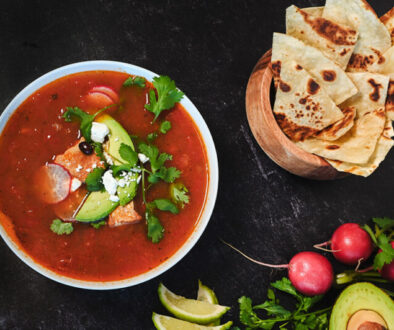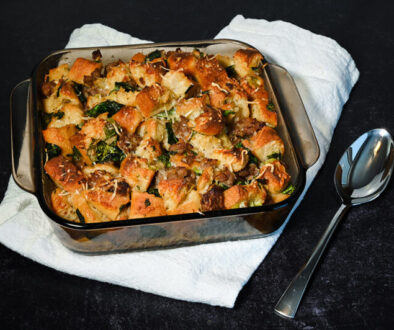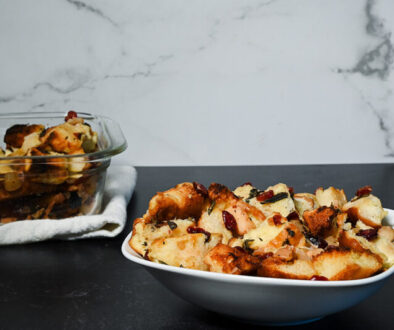Unwrapping Holiday Traditions

Holidays are a fabricated construct, much like time, money, and politics. Traditions are the bedrock of societal and community development and provide comfort. They are what we turn to during chaotic and uncertain times. Or are traditions an anchor that make us feel safely grounded but keep us from moving forward and outrunning the impending storm? In our red/blue, black-and-white world we often forget that multiple, sometimes dichotomous truths coexist. Traditions do provide comfort but can also prevent us from evolving and from exposure to the new, unknown experiences that we didn’t know we needed in our life.
Traditions are not as static as we like to think they are or should be. Fireplaces are no longer in every home, and stockings are customized, or store bought. Our concept of holidays has evolved as well. The pilgrims may have had a first thanksgiving but most certainly didn’t have turkey or green bean casserole. They also didn’t celebrate Christmas. Our holidays traditions are not singular in origin but more like a gumbo or stew where everything has been thrown in a pot and is transformed into a unique creation. Traditions that we myopically view as American are really a blend of English, German, and many other cultures.
Many holiday culinary traditions from around the world may feel familiar while being new to us. I used to love eggnog—that is until I discovered coquito. Coquito is Spanish for little coconut, which makes sense since the base is coconut milk based rather than dairy. It may contain eggs, Mexican variants do, Puerto Rican coquito often does not. Simple to make, and adding rum makes dealing with extended family more palatable.

Many of my holidays have been spent with my kitchen families at work rather than at home. Sharing meals together is the most direct way to break down cultural barriers, enrich your culinary life and make lifelong friends and build new traditions. Another food tradition I learned in the kitchens is Pozole. Pozole is a traditional Mexican soup served often on Christmas Eve. Pozole is usually chicken or pork-based soup that is loaded with hominy. These large kernels of white corn have been dried then reconstituted. Hominy when ground becomes grits, a much-loved food in the southern United States.
The cuisine of Italy also enriches our holiday tables. The feast of the seven fishes originated in Sicily and the southern regions of Italy, is rarely celebrated north of Rome, but has seen a renaissance in our country. One food common to both Latino and Italian cultures is baccàlaor bacalao—salted cod. It was an important staple to the fishing communities of New England, where Portuguese fishermen were the backbone of the southern New England economy. In the days before refrigeration, drying salted fish was one of the few ways to preserve them. Baccàla can be prepared hot or cold in a salad or deep fried as croquettes or fish cakes.

Even in our own culture the traditions vary region by region. In the north we call it stuffing, in the south it is often referred to as dressing. The difference is often explained as stuffing is cooked in the bird while dressing is baked separately. Whatever name you call it, it can be delicious. It is also diverse in its permutations. In the Deep South, cornbread is often the base. In the north, day-old bread is often the base. Sausage is often included in some versions. What sausage depends on what immigrants dominated the region. Louisiana uses andouille, Portuguese chouriço appears in Rhode Island and Southern Massachusetts. Stuffing or dressing can be enhanced with a variety of regional foods like oysters, chestnuts, and even dried fruits.
Diversity and acceptance are what truly makes America great. This holiday season, expand your family’s traditions by expanding your holiday table with these recipes. Start off with a glass of Coquito. Posole Rojo is an excellent first course that can be prepared days ahead. Pasteis de Bacalhau is a Portuguese cod fritter that is simple and delicious. For stuffing try pear chestnut dressing or sweet Italian sausage stuffing in addition to your traditional preparation. Your family’s reactions may surprise you.
Recipes for this issue








